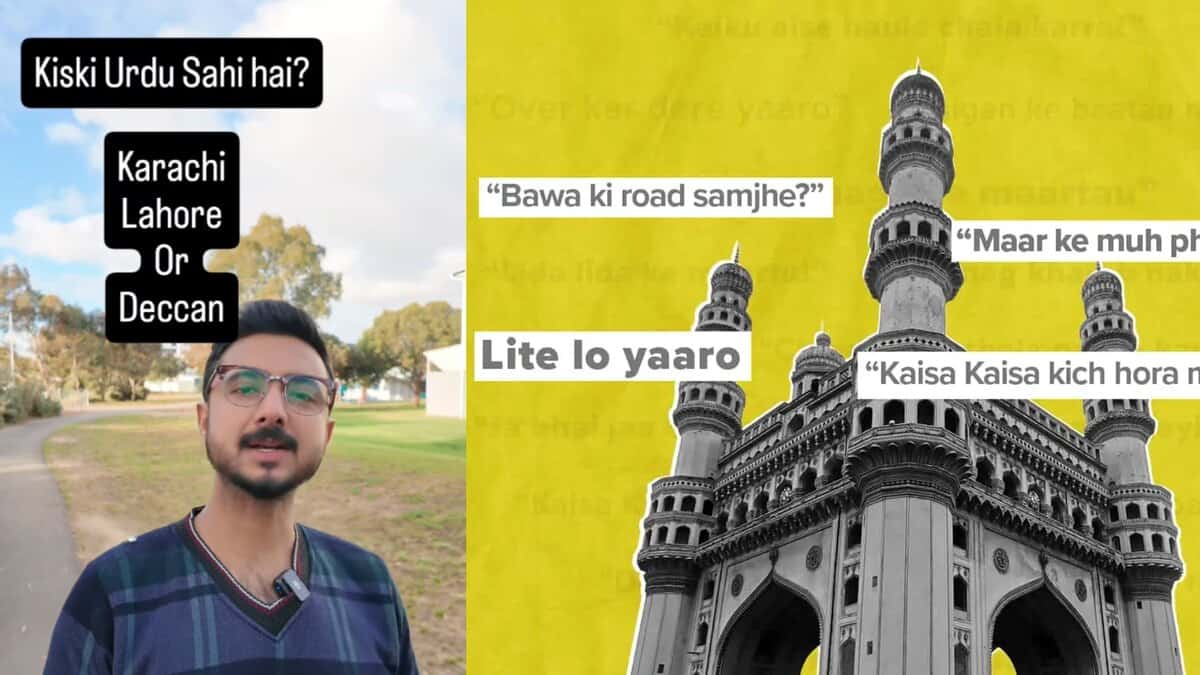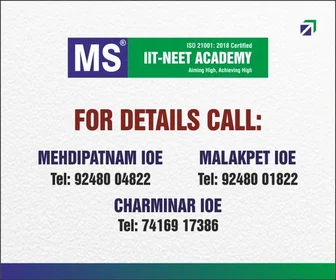
For Hyderabadis, their language is not just communication but a part of their personality. The mix of wit, warmth and culture in their Urdu is instantly recognisable.
So, when a Pakistani content creator recently pointed out that “Hyderabadi Urdu” is entirely unique among other Urdu speakers worldwide, locals couldn’t help but agree and laugh about it. The video has gone viral, spotlighting how Hyderabad’s version of Urdu stands as a marker of its cultural identity.
The video that got Hyderabadis laughing
In the viral Instagram reel, Pakistani content creator and Australian resident Qutaiba Mehmood shares his hilarious observations about Hyderabad’s version of Urdu. “I will tell you about a place where people speak Urdu, but it is a completely different kind,” he says at the start of the video. He explains how, after moving to Australia, he befriended a Hyderabadi whose speech left him both amused and confused.
Qutaiba recounts his linguistic shocks with examples that had viewers laughing in agreement, such as how Hyderabadis use “hona” instead of “chahiye” (want), “thair” instead of “khade” (stand), and “mauz” for “banana”. Over time, he admits, he has grown fond of the dialect, even picking up local expressions like nakko, baigan, and the habit of adding “aan” to make anything plural. What started as confusion turned into appreciation, with Qutaiba now claiming he is an expert in “Hyderabadi Urdu” now.
What is Dakhni Urdu?
While Qutaiba Mehmood’s video may have sparked laughter, what he has highlighted is a language with centuries of history behind it. The unique expressions he found amusing are not random quirks of Hyderabadi Urdu but are remnants of a much older tongue called Dakhni.
Contrary to popular belief, Dakhni is not a dialect of Urdu but is a unique language in its own right. As the name suggests, it is rooted in the Deccan region and is a blend of Dehlavi (Old Urdu or Hindvi), Marathi, Telugu and Kannada. It was a dominant language of Deccan, especially in Hyderabad and Bijapur, where it thrived as both a spoken and literary language in the 15th century.
While Dakhni was once the primary language of poets and scholars like Mohd Quli Qutb Shah (1580-1611), who is regarded as one of the earliest contributors to Dakhni poetry, the standardised Urdu we are familiar with took place in the Mughal courts of Delhi in the 17th century. After the fall of the Golconda Sultanate and the rise of the Nizams in Hyderabad, Persian and later standard Urdu became the official languages, relegating Dakhni to mostly spoken usage.
What is fascinating is that the essence of Dakhni Urdu continues to live on in Hyderabadi speech. Words from Marathi, Telugu, and Kannada still pepper daily conversations, making Hyderabadi Urdu not just a version of standard Urdu, but a language in its own right, rich with history, humour, and local flair.



